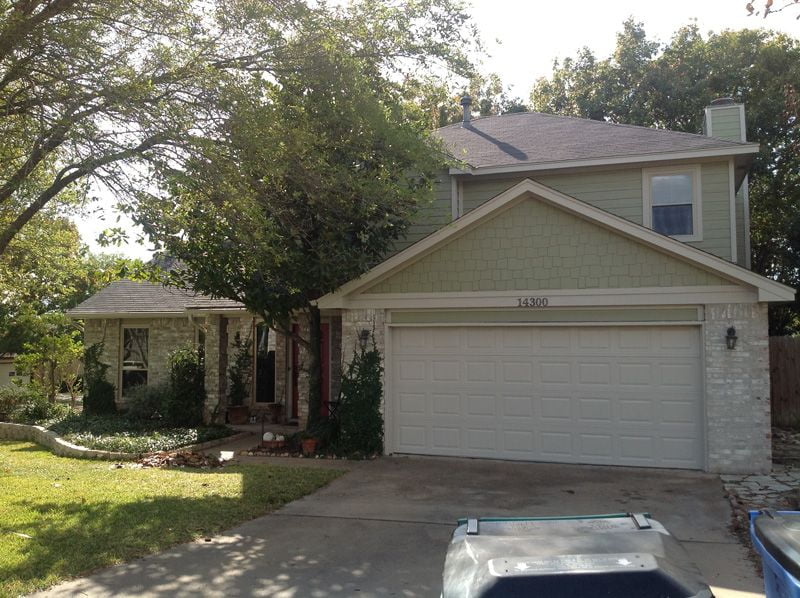Is it time to replace the siding on your home? Are you doing your research into which siding products will best meet your needs? If so, you may be a little confused by all of the different options as well as some of the terms. We are here to help you navigate the confusion of choosing the perfect siding for your home. Let’s clear up what is meant by HardieZone.
What Exactly is the HardieZone System?
The HardieZone System is a series of siding products that are engineered to withstand the rigors of different climates in different geographic locations. The siding has specific features so it will perform well wherever it is installed, regardless of whether you live in a humid northern location where you have to deal with wet, freezing weather or a southern location that experiences high temperatures and blazing sunshine.
How Was the HardieZone System Developed?
The James Hardie company wanted to create beautiful siding that is tailored to specific areas rather than being “one size fits all.” While developing the HardieZone System, the JH engineers looked at 8 different climate variables that have the most effect on the long-term performance of siding and decided on 10 distinct climate zones to consider. These climatic variables are as follows:
Climatic Variables
1. Rain
2. Snow
3. Hurricanes
4. Hail
5. Temperature Range
6. Humidity
7. UV Exposure
8. Topographical Factors
Every area of the United States has distinct climate conditions. After studying the 8 climatic variables, James Hardie engineers studied 10 different climate zones in the United States, as follows:
1. Northeast – This climate zone includes all of New England, New York, and Philadelphia. This area has humid summers, beautiful autumns, and lots of ice and snow in the winters. Precipitation is year-round.
2. Northwest – This area includes Washington, Oregon, Idaho, and Alaska. The climate is wet all year, with drizzle, fog, and snowy winters at higher elevations. Temperatures can go as low as the 30s or as high as the 70s.
3. West – Comprised of California and Nevada, temperatures can vary widely depending on where you are in relation to the desert or mountains. While areas of California can get up to 170 inches of precipitation each year, the Nevada desert only gets trace amounts.
4. Upper Midwest – Due to proximity to the Great Lakes, this region experiences seasonal extreme temperatures with lots of snow. The temperatures can drop as low as -30°F in January.
5. Northern Rockies and Plains – This zone has four distinct seasons with snowy winters and sunny summers. Although there is low humidity and rainfall amounts, this area can experience high winds which can cause sudden drops in temperatures. The Chinooks can cause winter temperatures to drop 40-50°F in just a few minutes.
6. Ohio Valley – This climate region is bordered by 7 states. The area experiences turbulent winds and tornadoes as well as rain and snow. The typical temperature range can be from 100°F to 20°F.
7. South – With fairly mild winters and hot summers, this zone experiences some extreme weather such as tornadoes and hurricanes. The summer heat can be brutal.
8. Southwest – Consisting of the “four corners states” of New Mexico, Arizona, Utah, and Colorado, this region sees weather extremes such as droughts, floods, blizzards, heatwaves, sandstorms, and tornadoes. This is the hottest, driest climate zone.
9. Southeast – This zone consists of 6 states with high humidity levels and summer temperatures up to the low 90s. Winters are colder in Virginia and North Carolina than in Georgia and Florida. Thunderstorms and hurricanes occur in this area.
10. Hawaii – Since it is so far away from the contiguous United States, Hawaii is in its own climate region, the tropical zone. Due to its vastly diverse topography, this area can experience monsoons, but you can also find the dry, arid Ka’u Desert here.
They discovered that, although the regions were different, there were some common variables in some of the areas. Due to those similarities, the JH engineers were able to combine some of the zones so one product would be effective in multiple regions. From this research, the HardieZone System was created.
What is HZ5?
The HZ5 product line was designed to function well in climate zones 1 through 5. This siding stands up well to freezing temperatures, snow, and ice, as well as extreme seasonal temperature variations. With superb paint adhesion, moisture resistance, and a drip edge for improved management of water, your home’s exterior is engineered specifically for cold, nasty weather.
What is HZ10?
The HZ10 product line was designed specifically for climate zones 6 through 10. This siding was engineered to withstand salty sea air, hurricane-force winds, and the brutal heat and humidity of the Deep South. It is resistant to cracking, splitting, rotting, and swelling so your home will continue to look beautiful after repeated tropical storm seasons. It is also fire resistant, which is perfect for areas prone to wildfires.
What is ColorPlus Technology?
ColorPlus Technology is a proprietary finish developed by James Hardie to give you vibrant, uniform color that resists fading and lasts longer. The finish is cured between coats to give you beautiful color that is resistant to chipping, peeling, and cracking.
James Hardie has been on the leading edge of home siding technology for more than 130 years. You can trust the James Hardie brand to give you beautiful siding and Titan to give you a perfect installation so your home will outshine the others in your neighborhood. Whatever your needs and preferences, we have the siding solutions that are perfect for your home. Be sure to contact us today to schedule an appointment so we can help you beautify and protect your home!












